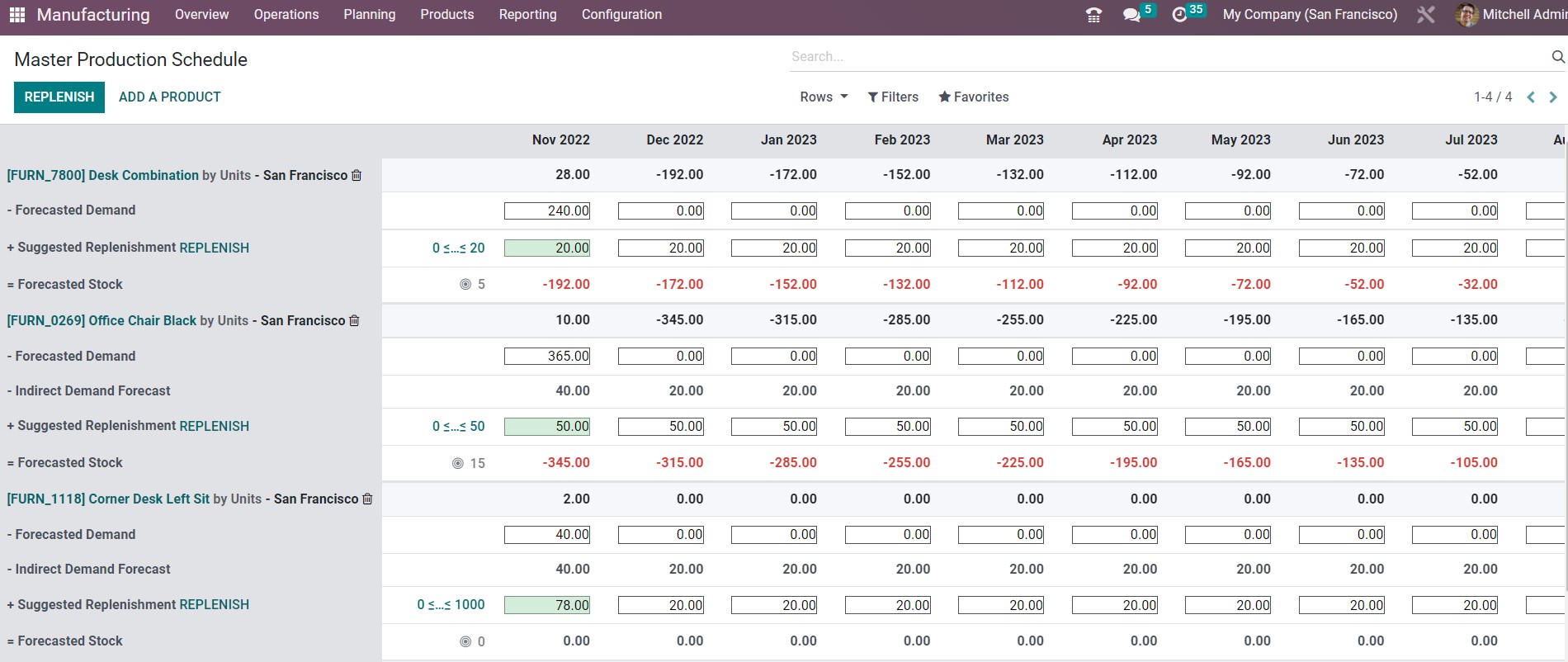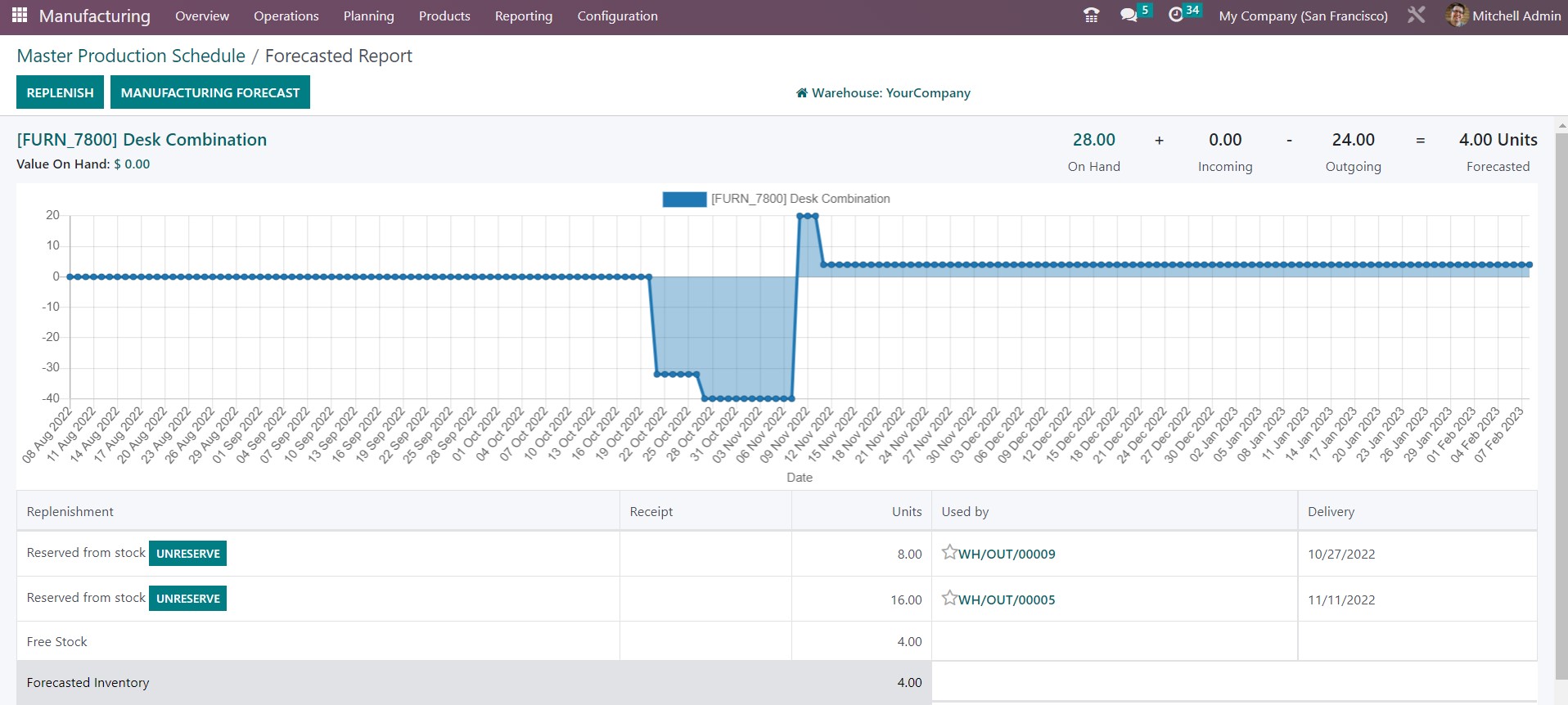One of the main challenges for manufacturing companies is efficient warehouse management. Manufacturers mainly struggle to maintain sufficient levels of materials needed for production while not building and storing unnecessary inventory. This is even more difficult to implement in today's rapidly changing and sometimes unpredictable environment. Dynamic planning is needed to be able to make quick decisions.
Content
What is a Master Production Schedule, and why is it necessary?
The master production schedule determines in what period of time, in what quantity, and what products are produced. It improves efficiency in a manufacturing organization by monitoring production and considering any rapid changes in scheduling and production to avoid wasteful production. Here are some of the factors why a Master Production Schedule is needed:
- demand changes quickly;
- new products replace old products;
- suppliers change lead times and prices;
- manufacturing lines are experiencing problems.

Disadvantages of manual input
If you use Excel for production management, it is tough to update the schedule because it is not dynamic. It cannot connect with the rest of the organization to easily obtain data on sales forecasts or raw material availability. The data is also not clearly visualized.
Impact of manual input:
- Slow and time-consuming replenishment plan updates.
- Large stocks (affects capital).
- Shortages (missed delivery dates, missed sales opportunities).
Fortunately, there is software on the market that automates this process, so you can focus on developing and expanding your manufacturing business. Master Production Schedule software generates a schedule that is easy to follow.
What will you gain by implementing a Master Production Schedule in your manufacturing company?
Both large and small manufacturing firms can benefit from implementing a Master Production Schedule. It helps to avoid shortages of materials and goods, optimize resource allocation, and consider fluctuations in demand.
Main advantages of MPS:
- Reduces product lead time;
- Improves communication within your organization;
- Helps to use resources most efficiently;
- Helps determine what your ideal inventory level is by reviewing production requirements;
- Helps estimate the total amount of labor required for future production runs;
- Effectively prevents shortage of raw materials and any unexpected accident;
- The accounting department can use it to forecast the company's cash flow.
The Master Production Schedule is a part of an integrated ERP system Therefore it is connected to several modules, including Accounting, Customer Relationship Management (CRM), Inventory, Purchase, etc.
The current Master Production Schedule functionality uses records from open Sales Orders, Purchase Orders, and Manufacturing Orders, which are known data. Manufacturers can plan using both known and expected demand. Forecasts can be entered manually (e.g., by the sales team) or generated automatically using artificial intelligence.

What if demand is overestimated or underestimated?
You can manually overwrite the automatically generated data and decrease or increase the forecasted demand. This will affect the replenishment as it is based on forecasted data, or the system will tell you that you have ordered more than planned so you can adjust the data to your needs.
Conclusion
Today, manufacturing companies choose a one-click software solution to respond quickly to changes, adjust production, and build efficient inventory levels. A Master Production Schedule allows a manufacturing company to reduce inventory levels while increasing overall organizational productivity. Even for a small manufacturing company, it is crucial to develop good "habits" that will lead to more significant results in the long run. Automating manual operations and quickly available real-time data with transparent visualization allow you to focus more on increasing production and developing the business.

